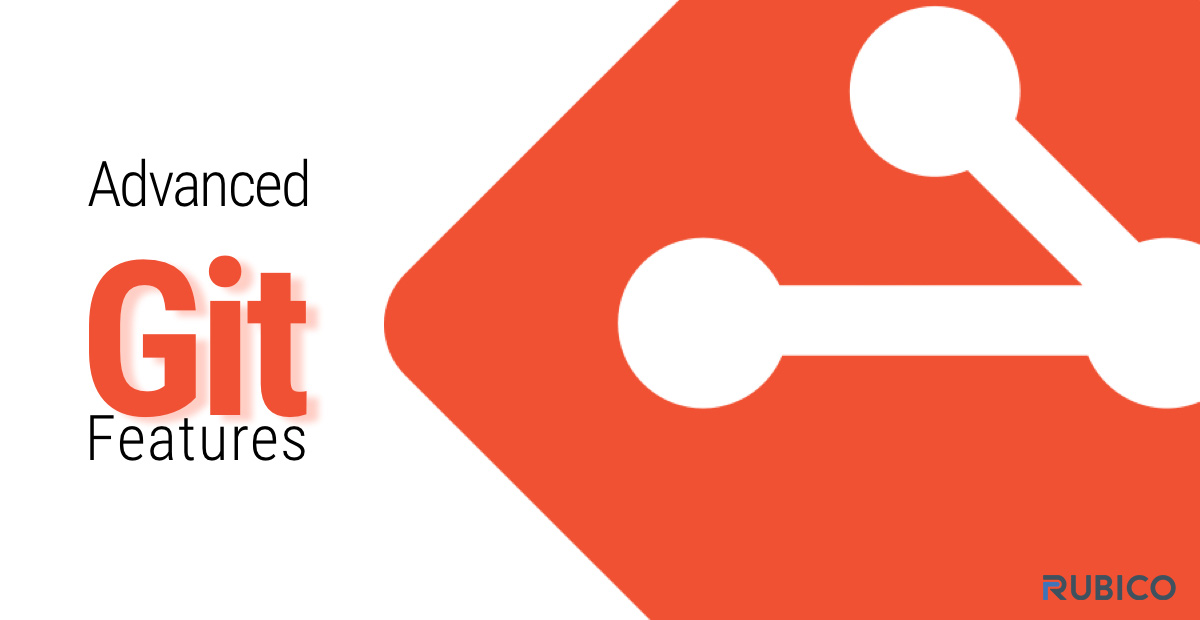

How Much Does A Complex Web App Cost?
The effective way to calculate the cost of web app development.
Reading Time: 4 minutesBusinesses are continuously improving their online presence to stay ahead of their competitors. Because of this, one of the biggest questions for every business is the cost to develop a complex web app. The main incentive behind this is to always engage their target audience. These days people primarily search for business services through the web. The number of web users is increasing rapidly day by day. This results in businesses having higher standards in the functionality of their websites to support their customers online.
The cost of every complex web app includes inputs from stakeholders and software engineers. Besides that, it involves a lot of discussions and planning to stage the projects in the right way. There are a number of elements to consider which contribute to the cost of a complex web application development. This article defines some of the major key elements:
Key Elements to a Complex Web App cost?

The key element to the success of a web application is the technical architecture. Depending on the use case for the web application, the architecture is prepared. Most of the applications nowadays fight between Monolithic or Micro-services architecture.
Both approaches have their own pros and cons and have been the choice for developers to work on. With the Monolithic architecture, the cost for the development is much less than working on a microservices-based architecture.
As per the nature of microservices, you would need a big team of developers which will result in higher costs for the development to be completed. Not only the initial development, but the maintenance and the infrastructure costs are much higher with this model. On the other hand, Monolithic architecture-based projects need fewer resources on the Infrastructure side and are easier to develop and maintain, which results in low-cost development solutions.
Compliances Involved In Your Web App
Compliances may play a big role from time to time with the cost for development. There are a number of compliances for the web applications which may need to be applied based on business requirements or the target audience.
The ADA compliance (if implemented with top-level), results in higher development costs since it requires a sufficient amount of work to be done on the front-end side of the application.
HIPAA compliance requires the code files and DB to be encrypted from the security point of view and requires any patient information to be secured which enhances the work on the development side; hence, the costs are higher.
Similarly, on the development side, a few other compliance requirements require more work to be done. So once the business requirements are reviewed, it’s good to finalize what compliance requirements need to be implemented on the project to set the budget expectations accordingly.
Project Timeline
Project timeline is another factor to consider regarding the cost for complex web app development. The resources are usually assigned to the project to complete the development for a specific timeline. Any delay in getting required information for the project (e.g. Design files, fonts, logistics, etc.) may delay the timeline, and hence the cost increases.
It’s always good to plan the timeline for smaller milestones to make the final project delivery timeline. At the same time, all stakeholders must agree to be available for discussions or to fill the gaps as needed.
Scope Creep
Scope creep is one of the biggest reasons why some project costs go much higher than originally planned. If there is a sudden requirement change from the client which requires the project structure to be reworked, it adds a lot of work into the project which results in more development time and increased costs.
To avoid scope creep, it’s best to go with the Agile scrum project methodology which will let you change the requirements without adding a lot of hassle. The cost will still go higher for any kind of scope creep.
Delay in getting information from Stakeholders
Any delay in getting the required information from any of the stakeholders will increase the project timeline and hence increase the cost of the development. Following are some of the examples of what information a project requires:
- Design files
- Logo
- Fonts
- Development logics
- Access credentials (for several services etc.)
- etc.
After a project is started this information is often delivered; however, further delays in getting the information will slow down the development and increase the cost. Having a process to get all information from the stakeholders before getting the project kicked off would help the cost to not increase.
Conclusion
Based on the above information, the cost of a web app depends on multiple factors. If the above factors are considered at the very beginning of the project and all the information is received in a timely manner, then the cost can be set.
The team at Rubico has a lot of experience developing web applications in several industries and would be happy to discuss the requirements for your project. We follow best practices to make a project successful and keep the costs in control by following the right strategies. Let’s talk about how we can help you with your next project.








